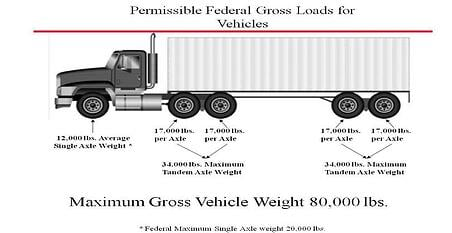One question that continues to be asked by shippers is ... "can we ship steel via an intermodal service."
The answer is absolutely YES.
The first step for a successful conversion to intermodal from truck is align yourself with an IMC (intermodal marketing company) or asset truckload carrier that works direct with the Class I Railroads. (Read Defining Asset & Non-Asset Intermodal Providers - Advantages of Both Blog for a more thorough understanding of the different types of intermodal providers.)
The reason we recommend an IMC that works direct with the Class I railroads is steel is a restricted commodity due to the extreme weights and therefore requires the expertise and direct railroad relationship to deliver success. Many times a damage and loss representative of the railroad is brought into the transaction early on to set up a site visit to further educate the shipper on suggested load plans and loading requirements.
Steel coil weights are the determining factor in how the steel load will be classified. Coils weighing 3,500 lbs. or less will run as a standard commodity, but under a limited liability basis of $500 per load. Coils over 3,500 lbs. are considered a restricted commodity. As a restricted commodity, the shipper is required to enter into an agreement that outlines the liabilities and restrictions, along with the limited liability coverage given to the steel coil loads.
As with all intermodal loads, the maximum lading weight that can be loaded into the 53' intermodal box is 42,500 pounds. The total weight of the container, its contents and the cab cannot exceed 80,000.
The weight distribution for the vehicle is 12,000 lbs. for the steers / 34,000 lbs. for the drives / 34,000 pounds for the trailer/ chassis maximum concentrated weight cannot exceed 2,500 lbs. per linear foot.

For more details around weight requirements, we recommend reading our blog entitled "Intermodal Weight - Most common issue for new intermodal shippers".
The steel coils can be loaded on runners versus pallets.
Guidelines for Shipping Steel Coils:
- 8,000# stack runners will have to be a minimum of 3.5 feet in length to distribute the weight.
- Not to exceed 2,500 pounds per square foot.
- Floor blocking should be with double 2 x 4 lumber, with backup cleats at least 18 inches long.
- 16d nails or larger need to be used.
We recommended to auto scale steel coil loads at origin to ensure the load is legal on a gross weight and weight distribution basis. All loads going into California should, without question, be auto scaled because of the CA bridge law. The bridge law limits the spacing from kingpin to the center of real axle to 40' maximum.
The costs associated with a non-compliant load and re-working it to be legal include: scaling costs, possible fines, additional freight charges, labor cost to rework the load and other charges incurred to make the load compliant is at the expense of the shipper.
Next Steps with Shipping Steel Coils
For more on information on the topic of 53' domestic intermodal, truckload and managed transportation services, please sign-up for our weekly blogs and visit the InTek Freight and Logistics website.
Also, below are additional blogs to explore further detail on intermodal topics discussed above:
If you're ready to take the next step, at InTek Freight & Logistics, we can help. Just tell us what you need and we'll discuss how our expertise can help with the unique shipping challenges your business faces. Rather do a bit more research first? View our Freight Guides for comprehensive articles and eBooks on all things freight and logistics.

